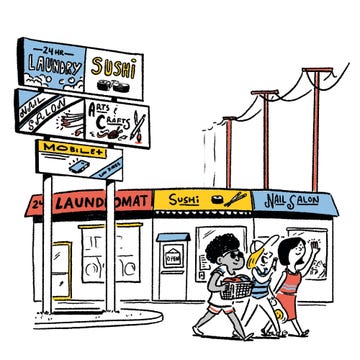Undulating, nearly levitating atop a bluff near the Sonoma coast, the Sea Ranch Chapel reveals itself as a shape-shifter. Made of cedar, redwood, stone, and stained glass, this wee house of worship is a fairy-tale mash-up, a seeming creature of the surf and wind, a coming together of elements real and imagined.
Open 365 days a year, the nondenominational chapel overlooks 53 acres of residential enlightenment. In 1964, a Hawaii-based developer began gathering a group of architects to create Sea Ranch, a coastal community where residents would hold the natural landscape in perpetual awe—and serve as its stewards.
This article appears in Issue 30 of Alta Journal.
SUBSCRIBE
An ecologically attuned covenant prevents Sea Ranch homeowners from engaging in the kind of gaudy one-upmanship that has turned so many coastal California homes into garish monstrosities. The hippie ethos has endured into the 21st century, even as the crazed California-seaside-estate market has boosted some Sea Ranch home sales past the $3 million mark.
The chapel was a relative latecomer, reaching its completion in December 1985. Commissioned by a local couple, the 360-square-foot sanctum was dedicated to the memory of Kirk Ditzler, a navy pilot, zoologist, and artist whose remarkable sketches inspired the project. The building’s architect, James Hubbell, also designed the leaf-sprouting chandelier and the stained-glass windows, with their eruptions of flowers.
Inside the chapel’s tiny confines, a visitor can feel the tug and release of the ocean, the breath of breezes warm and cool, fleeting moods reflected in sunlight. This is a space that envelops you, hugs you close, fills you. The rush of well-being you’ll experience within the Sea Ranch Chapel will likely linger well after you’ve taken your leave.•
Ed Leibowitz wrote about how performance venues were surviving during the pandemic for Alta Journal 15.













